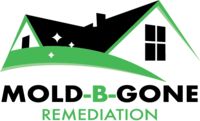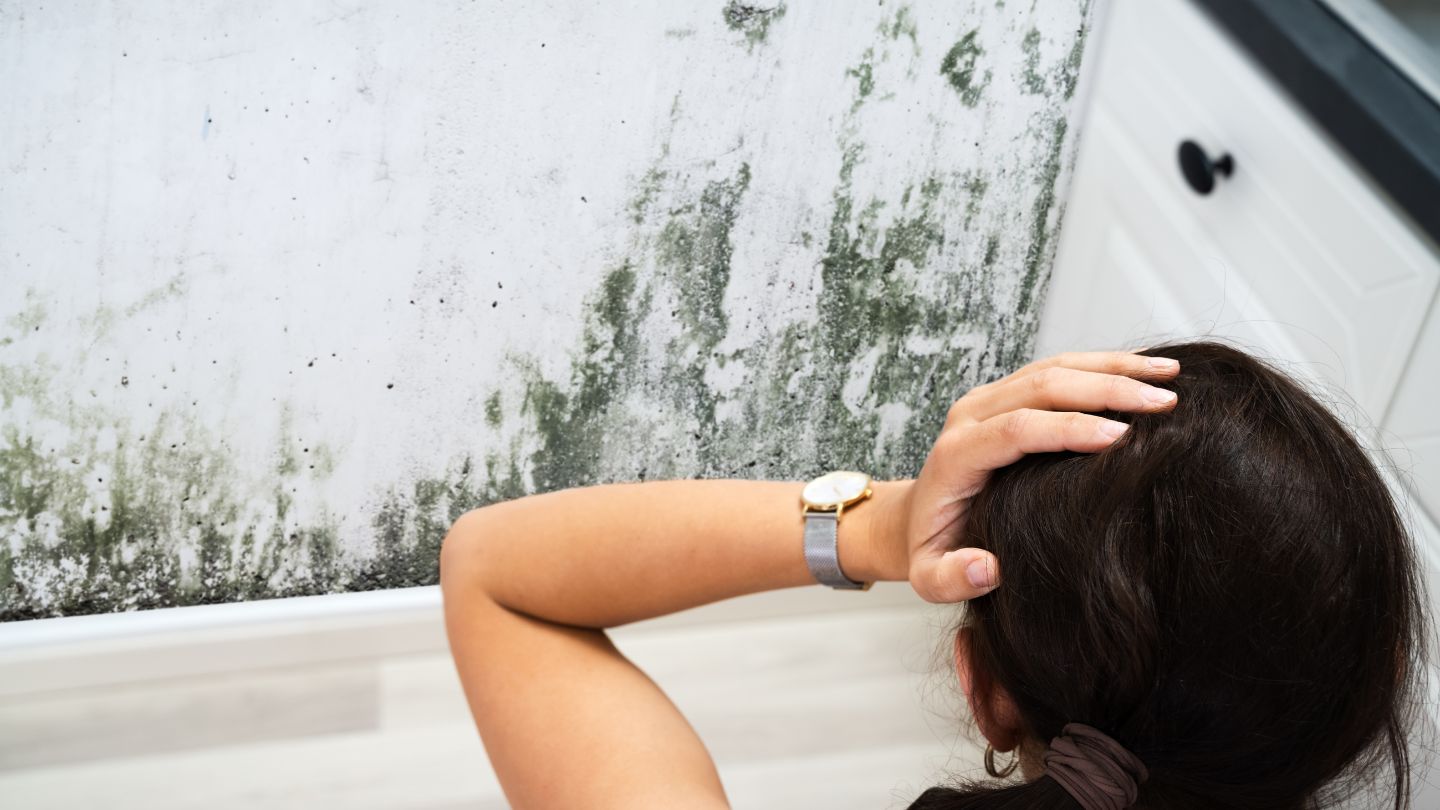Wondering what is the mold remediation process? It’s the method of removing and cleaning mold from contaminated areas to ensure a healthy living environment. This blog covers the entire process from assessment to prevention, offering a clear understanding of each step involved.
Key Takeaways
- Mold remediation is essential for health and safety, involving assessment, removal, cleaning, and clearance testing.
- Proper containment and air filtration techniques prevent mold spread and ensure clean indoor air during the remediation process.
- Post-remediation testing and preventive measures are crucial for ensuring mold-free environments and reducing the risk of future infestations.
Mold Remediation Process Overview
Maintaining a mold-free environment is crucial for the health of inhabitants and the integrity of your property. Mold exposure can lead to various health issues, including respiratory problems and allergic reactions, particularly for those with compromised immune systems. The remediation process involves more than just removing visible mold; it ensures safety and health standards are met.
Effectively addressing mold involves several key steps: assessing the situation, removing contaminated materials, thoroughly cleaning and sanitizing affected areas, and conducting clearance tests to confirm success. Each case presents unique challenges, but professional mold remediation specialists follow these general steps to contain and eliminate mold while ensuring a clean environment.
Hiring a reliable mold remediation company is essential, especially for areas larger than 10 square feet or when residents show allergic reactions. Experts use specialized equipment and strategies not only to remove mold but also to prevent future growth through preventive measures incorporated into their process.
Initial Assessment and Inspection
The mold remediation process begins with a preliminary evaluation and scrutiny to ascertain the magnitude of the mold infestation. Manifestations such as discoloration on surfaces or a musty scent point towards contamination, rendering additional testing redundant when mold is already apparent. During this initial stage, specialists will gauge the level of contamination and might obtain specimens for more in-depth examination.
Carrying out meticulous inspections is essential since mold frequently flourishes in concealed spots where it’s harder to detect. Experts adhere to protocols set by organizations like OSHA, NIOSH, and EPA when conducting tests that measure indoor air quality.
To prevent spreading airborne mold spores during assessment activities, containment zones are established using materials such as plastic or polyurethane sheets. This precaution aids in protecting regions of the property that remain unaffected from being contaminated throughout the inspection stages.
Read more: How to Prepare Your Home for Effective Mold Remediation
Containment Strategies
The implementation of containment measures is vital to ensure that mold spores do not reach areas untouched by contamination throughout the mold remediation process. Utilizing sturdy plastic sheeting as a physical barrier is a critical component for successful containment. These barriers serve to segregate contaminated spaces, thus stopping the transmission of mold spores while cleaning activities take place.
To achieve controlled air movement and hinder the spread of contaminants, it’s important to seal off HVAC vents. The creation of negative pressure within the contained zone plays an essential role in keeping pollutants confined within that area. For air purification during mold remediation, devices such as negative air machines with HEPA filters are commonly used. These assist in cleansing the airflow by trapping airborne particles and preventing the distribution of spores.
Employing both solid barriers and sophisticated air filtration techniques guarantees that the remediation process effectively removes mold while simultaneously protecting against any dispersion, ensuring safety throughout the procedure.
Protective Measures
Safety precautions are essential for safeguarding both the workers performing mold remediation and those residing in the vicinity. Wearing personal protective equipment is pivotal to reducing exposure to harmful mold during this process. Respiratory protection, specifically respirators designed to screen out 95% of air particles, serves as a critical defense against inhaling mold spores. In scenarios with extensive mold presence, it’s prudent to use full-face respirators or powered air-purifying respirators (PAPRs).
To avoid cross-contamination of regular clothing and direct contact between skin and mold, wearing disposable garments is advised. Such safety measures, coupled with appropriate tools and expert techniques, ensure that the removal of mold is done securely and efficiently.
By adhering to these stringent health protocols throughout the procedure, a professional engaged in removing molds can perform their duties without compromising their well-being or causing the distribution of molds across different areas within the property premises.
Read more: 15 FAQs About Mold and Health
Removing Mold-Infested Materials
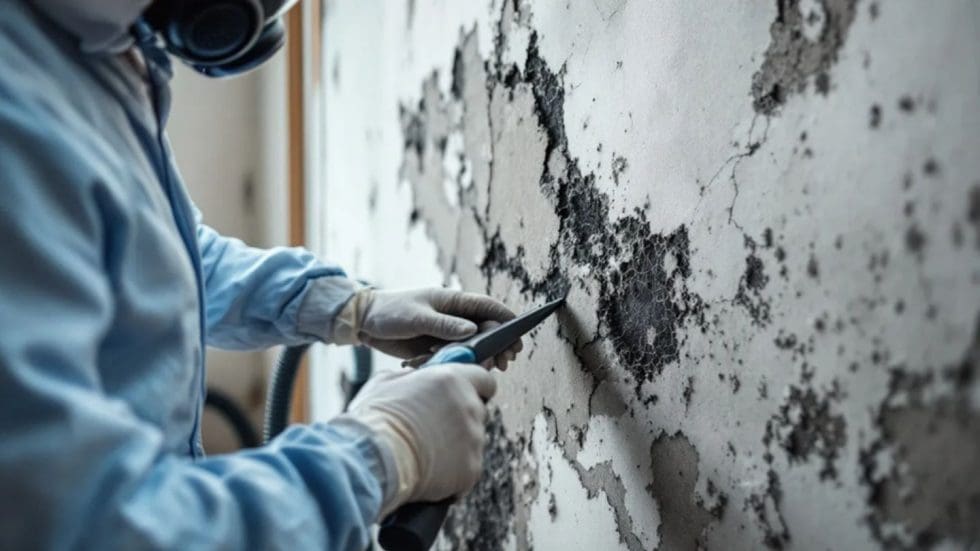
The process of mold remediation heavily depends on the strategic removal of mold-infested materials to eliminate contamination at its source. Items such as drywall, carpeting, insulation, and other porous building materials are especially susceptible to mold colonization and often require complete removal once affected.
Professional remediation teams follow strict EPA and industry guidelines to ensure materials are safely removed without spreading spores. Contaminated materials are carefully sealed in industrial-grade, airtight bags for safe disposal, preventing spore dispersal during handling and transportation. These materials are then disposed of according to local environmental regulations.
Rather than making subjective decisions, professionals assess the extent of contamination using advanced moisture meters and thermal imaging tools to determine which materials are salvageable and which are beyond restoration. Items approved for removal are not only sealed and discarded but often sprayed with antimicrobial solutions to neutralize any remaining spores. This method ensures complete decontamination, preparing the space for safe repairs or rebuilding while minimizing the risk of future mold resurgence.
Read more: 8 Steps To Mold Remediation Success!
Cleaning and Disinfection
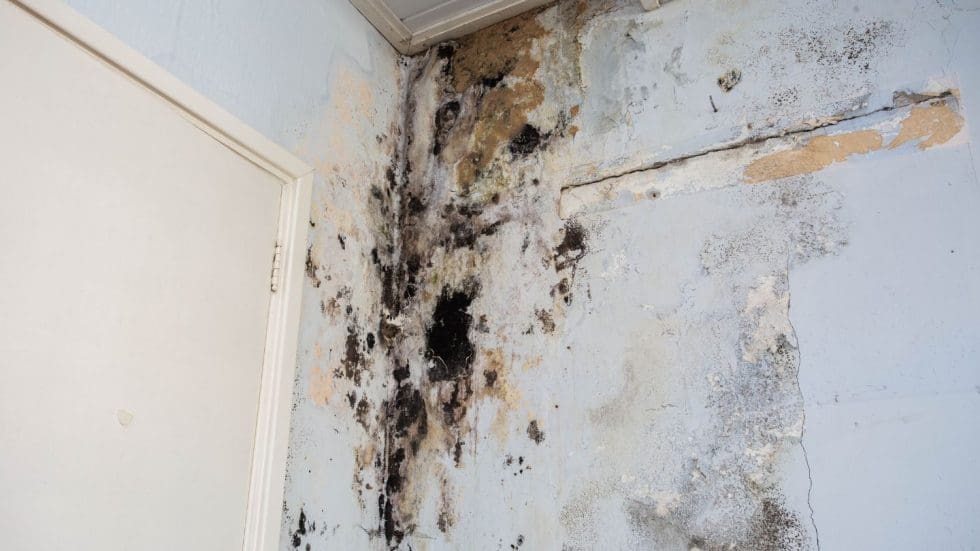
The cleaning and disinfection phase plays a crucial role in restoring a mold-contaminated environment to a healthy state. Professional mold remediation teams use specialized tools and techniques to clean both salvageable contents and structural components that cannot be removed. Furniture, textiles, and fixtures are cleaned using HEPA vacuums and detergent-soaked wipes, while non-removable surfaces may be cleaned with wire brushes or other mechanical agitation tools.
Rather than relying on off-the-shelf cleaners, professionals use EPA-approved biocides and hospital-grade antimicrobial agents to kill mold at the cellular level. After the initial cleaning, these solutions are applied again to prevent regrowth and ensure lingering spores are destroyed. Depending on the severity and type of surface, technicians may employ damp wiping, sanding, or media blasting for comprehensive treatment.
Fogging technology may be used to neutralize odors and sanitize large areas effectively. When objects cannot be reliably disinfected, they are removed and discarded per industry standards. Professionals also monitor indoor air quality during cleaning to avoid cross-contamination and ensure a safe, mold-free environment is maintained.
Read more: Can You Stay In Your Home During Mold Remediation?
Air Filtration Techniques
Air filtration is a critical component of mold remediation, designed to remove airborne contaminants and restore healthy indoor air. Professional teams deploy HEPA-filtered air scrubbers and vacuums that capture even the tiniest mold spores, down to 0.3 microns, with 99.97% efficiency. These machines continuously cycle the air during remediation, reducing spore levels and maintaining safe air quality.
Advanced air scrubber models can drastically reduce airborne mold and mycotoxins by more than 99% within an hour. This technology is essential in both active cleanup areas and adjacent rooms that may be exposed to airborne mold through ventilation systems or minor leaks.
Experts strategically place filtration units throughout the contaminated space to optimize airflow and purification. In addition, negative air machines help isolate contaminated zones, ensuring that spores do not migrate to unaffected areas. This multi-layered filtration approach helps maintain a safe environment during the entire remediation process, especially in properties with vulnerable occupants like children or the elderly.
Encapsulation and Antimicrobial Application
Encapsulation and antimicrobial application are the final steps professionals use to inhibit future mold growth. Specialized antimicrobial treatments are applied to cleaned and dried surfaces to create a residual barrier that deters mold spores from taking hold, particularly in moisture-prone areas.
For surfaces that were contaminated but not structurally compromised, professional remediation teams may apply mold-resistant coatings or sealants. These encapsulants create a breathable membrane that allows moisture to escape while preventing mold from returning. This treatment is only applied after ensuring the surface is completely dry, and all mold has been properly removed.
Rather than being a DIY solution, encapsulation is performed by trained technicians who evaluate the type of surface, humidity conditions, and potential future risks. The process is tailored to the unique conditions of the affected area, forming a critical part of long-term mold prevention strategies in both residential and commercial properties.
Post-Remediation Clearance Testing
Clearance testing following the remediation process is crucial to confirm that mold removal has been effective and that the indoor environment remains secure from mold dangers. This form of testing offers homeowners confidence that their residences are free from the risks associated with mold. It typically involves a combination of air and surface tests to identify any residual mold spores.
Independent inspections conducted after remediation verify if the concentrations of mold have returned to levels considered safe. The outcomes of clearance tests can influence real estate values and are frequently mandated by insurers.
Possessing a certificate from clearance testing serves as proof of verifying the effectiveness of the mold removal efforts, providing reassurance for all concerned parties.
Restoration and Repairs
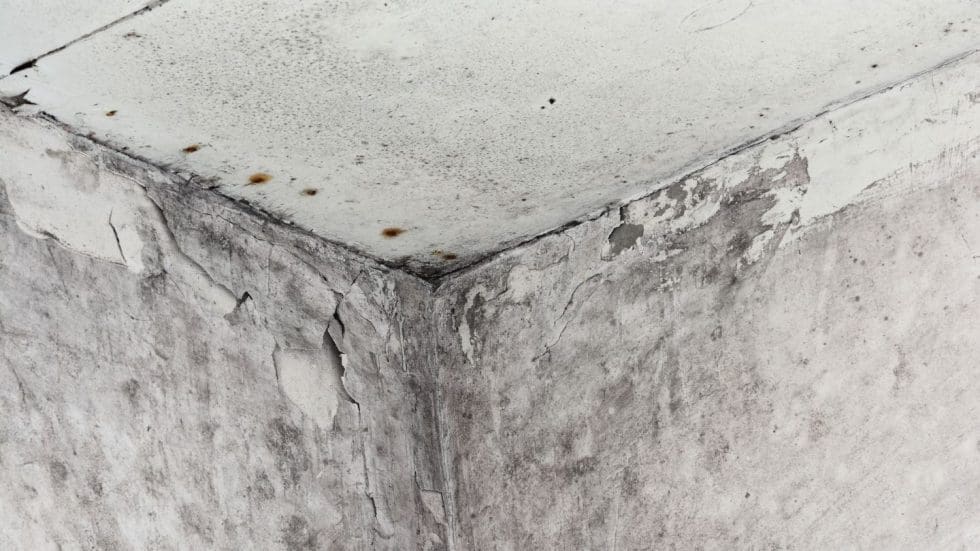
The goal of the restoration stage is to restore the affected regions to their pre-damage state and guarantee that the property remains free from mold. This process often necessitates removing and substituting materials such as drywall and subfloors, among others. A remediation company can typically perform simpler repairs in-house, while more complex tasks may be outsourced to a specialized subcontractor.
The scale of restoration efforts varies according to the severity of mold damage. It could involve straightforward procedures like repainting or extend to comprehensive overhauls of the structure. The purpose of this phase is thorough recovery, ensuring that not only will your property be reconstructed but also that it will provide a safe environment for future occupancy.
Read more: Top 3 Facts About Water Damage Restoration
Preventive Measures
Preventing mold growth is an essential part of maintaining a healthy indoor environment, and professional remediation companies play a key role in implementing these strategies. Mold prevention is a critical step that helps ensure long-term indoor air quality and structural safety. After remediation, experts often offer recommendations or services that help reduce the risk of mold returning.
Controlling indoor humidity is the most effective prevention measure. Professionals may suggest or install dehumidifiers and advise on maintaining indoor humidity levels below 60%, ideally between 30% and 50%. Additionally, they may inspect for ongoing moisture sources, such as plumbing leaks, condensation issues, or ventilation failures that encourage mold growth.
Technicians can also evaluate airflow throughout the home, recommending improvements like better ventilation systems or exhaust fan installation in high-moisture areas such as bathrooms, laundry rooms, and kitchens. Sealing drafts and inspecting insulation are additional services that may be provided to prevent excess humidity from entering the property.
Unlike general DIY tips, these prevention strategies are customized based on a professional assessment of your home’s unique environment and structure, offering long-lasting protection against mold re-infestation.
Summary
In conclusion, mold remediation is a meticulous, multi-step process designed to effectively eliminate harmful mold and enhance indoor air quality. From the initial inspection and containment to the secure removal of contaminated materials and thorough clearance testing, each stage requires precision and care. By collaborating with trained professionals, you can ensure that the remediation process is conducted safely, thoroughly, and in line with industry standards.
At Mold-B-Gone, we specialize in mold remediation in Atlanta, providing expert inspection, testing, and comprehensive remediation services tailored for Georgia homes and businesses. Our certified team is committed to delivering safe, reliable solutions that safeguard your health and property. Whether you’re tackling a current mold issue or aiming to prevent future infestations, trust us to deliver the expertise and service you need. Contact us today to take the first step toward a mold-free environment.
Frequently Asked Questions
1. Can mold return after remediation is completed?
Yes, if moisture issues aren’t fully resolved or preventive measures aren’t followed, mold can return even after professional remediation.
2. Is it safe to stay in a home during the mold remediation process?
In most cases, it’s best to vacate affected areas during remediation to avoid exposure to airborne mold spores and ensure safety.
3. How long does the mold remediation process typically take?
The process can take anywhere from a day to over a week, depending on the extent of the mold growth and the size of the affected area.
